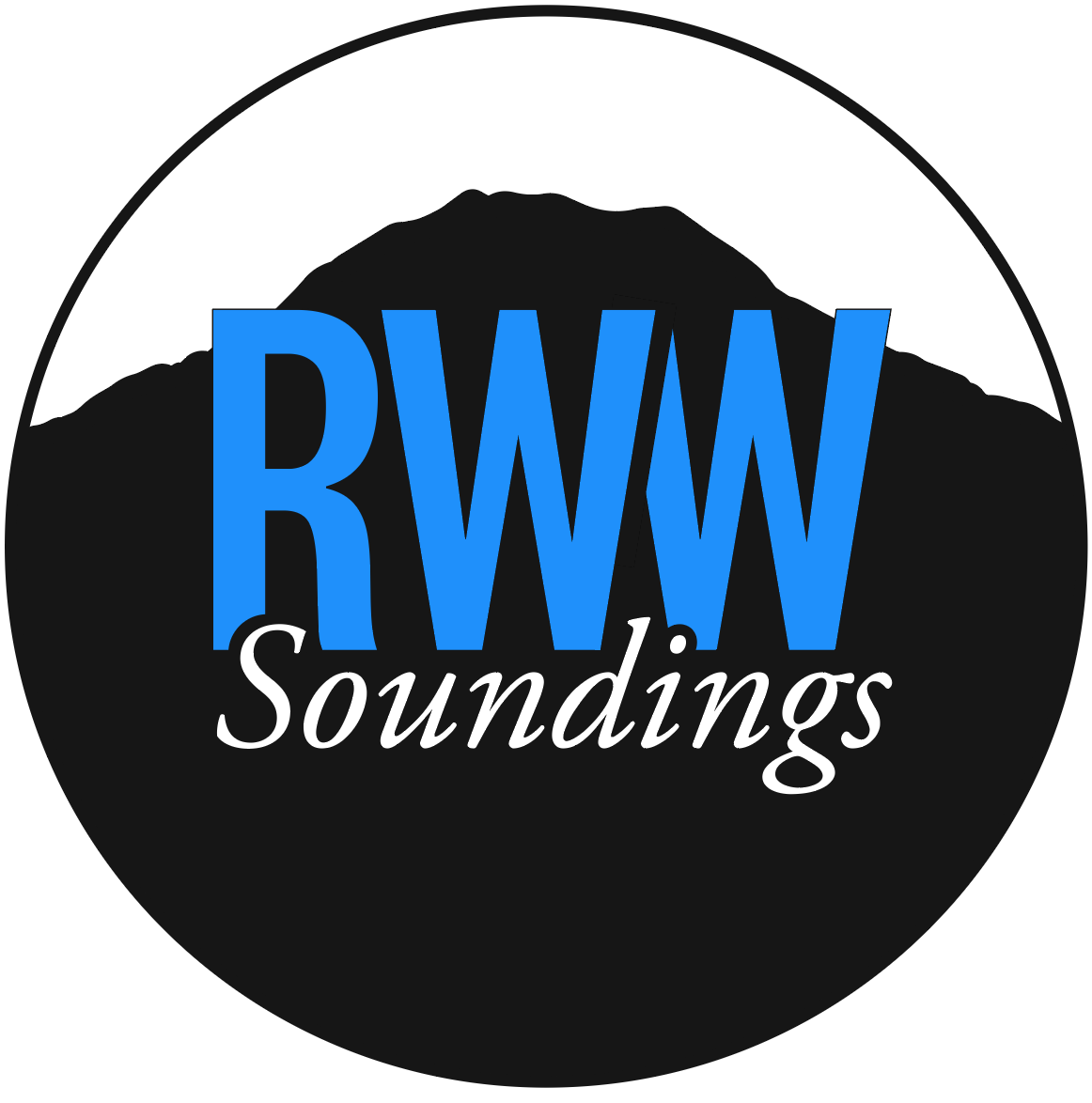Spring 2019
4
On Being a Writer
on the Internet
Hannah Comerford, Contributing Writer (Class of 2019)
On Being a Writer on the Internet

Hannah Comerford
Contributing Writer
Class of 2019
If you’ve been a writer in the past decade, you probably know that you should have a website. And you probably know that just as you don’t want a bad cover on your first published novel, you don’t want a website that says you’re unprofessional. Even if you don’t have a website or social media accounts and you’re happy with your career at the moment, you may want to consider your audience and how it will change in the coming years.
There’s a reason why Flannery O’Connor became good friends with her agent: marketing ourselves as writers has never been easy. Now, as our world becomes increasingly connected to the internet, we have the possibility of self-promotion in the online sphere. More and more, publishers, reviewers, and hirers will Google your name before deciding to publish your work or give you a job. They want to know that you will represent their brand well. A professional website will tell them you are trustworthy as well as allow you to curate the information they see.
And then there’s your actual audience—your readers. If they fall in love with your poem in a lit mag, they will Google your name. You have the opportunity to share your bio, give links to other published works, and even sell your books directly to your new readers.
"Now, as our world becomes increasingly connected to the internet, we have the possibility of self-promotion in the online sphere."
Since your website is the image you’re portraying to your audience, you don’t want it to appear sloppy or outdated. That’s where good web design comes in. If you’re brave, have an eye for tasteful graphic design, and know friends and family who can give you constructive feedback, then you can invest about one to two months of time on the front end and $120 yearly to create a professional website. You will need to refresh your site with new content periodically as well as be your own support technician when your site breaks from a random hacker or an outdated plug-in. If you’d rather spend that time elsewhere and would like a professional to handle your website, the start-up process will require about two weeks of time and an investment of $700–2,500. Most designers will then charge $10–25 a month to maintain your website.
By the time I decided to take my writing career more seriously, I knew the basics of appropriate online behavior. I knew social media etiquette—how to be diplomatic without losing a voice. I’d kept a blog with occasionally interesting content for a couple of years while an undergrad. I had friends who would help me figure out website design issues that I couldn’t handle myself. So why didn’t I establish my online presence sooner? I had to get over my own self-doubt—was my work really good enough to warrant me having my own website?—as well as, honestly, the laziness that comes whenever you’ve been writing for hours on end and don’t have the energy to do a not-so-fun task.
When I finally did make my own website, I took advantage of free trials from reputable companies (Wix, Squarespace, and WordPress), trying out themes and designs until I found a style I liked with a format that was easy for me to use. After choosing the right design for me, I purchased a year’s subscription and worked on my new site over several days until I was satisfied.

Regardless of how you go about it, creating a website is just the beginning of establishing your web presence. As you move forward in your professional life on the internet, start thinking about how you want to be seen. Your persona is shaped not just by your website, but also by your blog and social media accounts.
While you don’t need accounts on Instagram, Twitter, Facebook, LinkedIn, and Goodreads, these are all great avenues for furthering your reputation as a professional and for connecting with readers. Your audience will often turn to social media to see the person behind the book: What does his writing space look like? What books is she reading? Did he spend the weekend snowed in, visit a fellow poet, spend hours in a bookstore? Readers—especially those of younger generations—love seeing that you’re a human being with weaknesses, quirks, and interests. And when you start a conversation with your readers by responding to their comments, they see you as someone who respects and cares about them.
Of course, maintaining an online presence carries risk. If you write something online, it will never truly go away. You may delete a Facebook post, but someone may have captured it with a screenshot and kept it for future humiliation. That’s why many professionals keep private as well as public social media accounts—one for baby photos and other personal memories for friends and family, the other as the professional face of their work. Regardless of whether you choose to do this, remember that nothing can be guaranteed private (we only need to think of the most recent data breach to recognize this). Even if your Facebook page is set to private, you should remain professional enough that you wouldn’t panic if something were leaked. Be transparent with your audience, but be wise.
Part of that wisdom lies in avoiding the dangers of oversharing. Not every book you read deserves a full-fledged review, and not every period of writer’s block requires a tweet of lament. But sporadic posts related to your everyday life and personality will shape your public identity.
"Part of that wisdom lies in avoiding the dangers of oversharing. Not every book you read deserves a full-fledged review, and not every period of writer’s block requires a tweet of lament."
Finally, consider blogging as a part of your career. Blogs offer opportunities beyond simply revealing your personality. In this space, the writer can offer advice for newer writers, describe his or her writing process, highlight achievements and awards, share news about publications or tours, give samples of work, and much more. In a best-case scenario, in fact, the writer may be contacted by a publisher or agent because of his or her great content.
Now, before you feel overwhelmed by the amount of work it takes to establish a web presence, I have a confession to make: I’m not great at this. I struggle to come up with blog post ideas, and I sometimes forget I even have a website. Sometimes I’ll backdate blog posts so it will look as though my announcements were prompt or my Christmas-related essay timelier. I write in my planner, “Do fifteen minutes of website-related work” a couple of times a week. My LinkedIn profile sits dormant most of the time, and my Instagram posts are few and far between.
But I’ve learned something in my time at RWW: we must offer ourselves grace. We should be working as hard as we can to write the best poems, novels, and essays possible. We should strive to grow in our craft, and we should aspire to be better professionals. Yet none of us will achieve perfection, and sometimes we need to step back and be okay with that.
For the online world, showing yourself grace may be hiring a professional to do the job you don’t have time to learn. It may be blogging once every other week rather than multiple times a week. It may mean being content with a simple, clean website rather than something flashy and impressive.
Whatever your particular case may be, taking the first step toward furthering your professional writing life is worth celebrating, as long as you’re still moving.
This article was inspired by the class Building Your Website: A Writer's Guide to Creating a Powerful Presence Online, offered by Soundings Web Designer Garrett Brooks and Contributing Writer Hannah Comerford at the 2018 residency. Click here to find the handout and PowerPoint presentation with more information on how to establish your professional web presence.
Hannah Comerford (2019) is a writer, editor, and photographer. She graduated from PLU in 2011 with a Bachelor of Arts in English and minors in Publishing & Printing Arts and Latin. In 2018 she was a short-term Scholar-in-Residence at The C. S. Lewis Study Centre at the Kilns in Oxford, England. She currently lives with her husband in Puyallup, WA.
